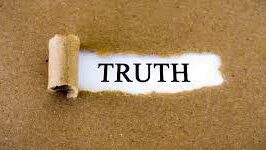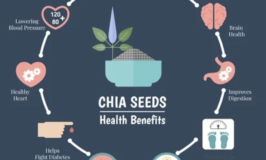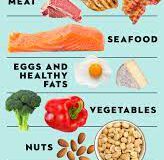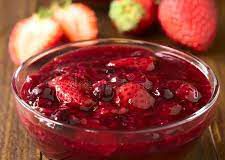 Exercise protects against cancer. Researchers now understand why
Exercise protects against cancer. Researchers now understand why
AMPLE evidence shows that exercising regularly reduces the risk of cancer. Similarly, those who have survived the disease are less likely to see it return if they engage in lots of physical activity after treatment. All this suggests that such activity triggers a reaction in the body which somehow thwarts cancer cells, but the details of the process have remained murky. Now, a team led by Pernille Hojman at Copenhagen University Hospital, in Denmark, has reported in Cell Metabolism that the key to the mystery is adrenalin.
Dr Hojman began her work by verifying that exercise truly does have beneficial anti-tumour effects. She and her colleagues gave some of the mice in their laboratory activity wheels, which the animals could run around inside as much as they liked. Other mice, meanwhile, were given no opportunity to exercise beyond moving about inside their cages. The researchers then induced mice of both sorts to develop one of three types of cancer. Some, they injected with a substance called diethylnitrosamine, which causes liver cancer. Others, they injected below the skin with melanoma cells, which then set up shop where they had been injected. Others still had their tails inoculated with melanoma cells. In mice, previous experience has shown, this leads to melanomas forming in the lungs.
Advertisement
The results were instructive. While all mice injected under the skin with melanoma cells developed that cancer, the tumours in animals which had had access to a running wheel were 61% smaller after six weeks than were those in mice that had been unable to exercise. A similar reduction in size (58%) pertained to lung tumours. And, of the mice injected with diethylnitrosamine, only 31% of those with wheels in their enclosures developed tumours at all—in contrast to a 75% tumour-development rate in mice lacking access to a wheel.
To try to understand why exercise does this, Dr Hojman and her team put under a microscope some of the tumours they had induced. They found that those from well-exercised mice contained more immune cells than equivalent tumours from inactive animals. Specifically, the former had double the number of cytotoxic T-cells, which kill off body cells that are damaged, malfunctioning or infected with viruses. They also had five times more natural killer cells, a type that sounds the alarm and attracts other immune cells.
In light of these discoveries Dr Hojman repeated the experiment, this time on mice that had been engineered to lack cytotoxic T-cells. Again, she found that mice with access to wheels had smaller tumours. This suggested that the natural killer cells, not the T-cells, were the responsible agents. A third experiment confirmed this. She sabotaged natural killer cells by giving mice an antibody that eliminated these cells while leaving the rest of the immune system intact. With the natural killer cells gone, the tumours of all the mice, regardless of whether or not they could run in a wheel, grew to the same size.
Dr Hojman knew from past work that epinephrine, a hormone also commonly known as adrenalin, has the potential to mobilise natural killer cells. She knew, too, that this hormone’s levels in the blood rise during periods of physical exertion. That led her to wonder if it is epinephrine which is behind the cancer-thwarting effects of exercise.
To find out, she ran a fourth experiment, in which mice induced to have cancer were injected either with epinephrine or with saline. The hormone performed well, reducing the growth of tumours by 61% in mice that had no access to a wheel. However, this was not as impressive as the reduction of 74% which the team saw in control mice that got regular exercise. There was, they concluded, something else involved. And they found it in the form of interleukin-6.
Levels of this molecule also spike during exercise—and it, too, helps immune cells home in on tumours. When Dr Hojman and her colleagues exposed sedentary mice both to epinephrine and to interleukin-6, the rodents’ immune systems attacked the tumours in their bodies as effectively as if those animals had engaged in regular wheel-runs.
Dr Hojman’s findings, then, suggest that epinephrine and interleukin-6 could be used as anti-tumour drugs. She is not proposing that they should be a substitute for exercise in those who are merely lazy—not least because exercise brings benefits beyond curbing oncogenesis. But people who are too old or too ill to be active might thus gain exercise’s anticancer benefits without the need to get sweaty.
















